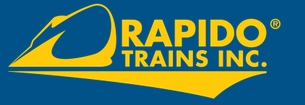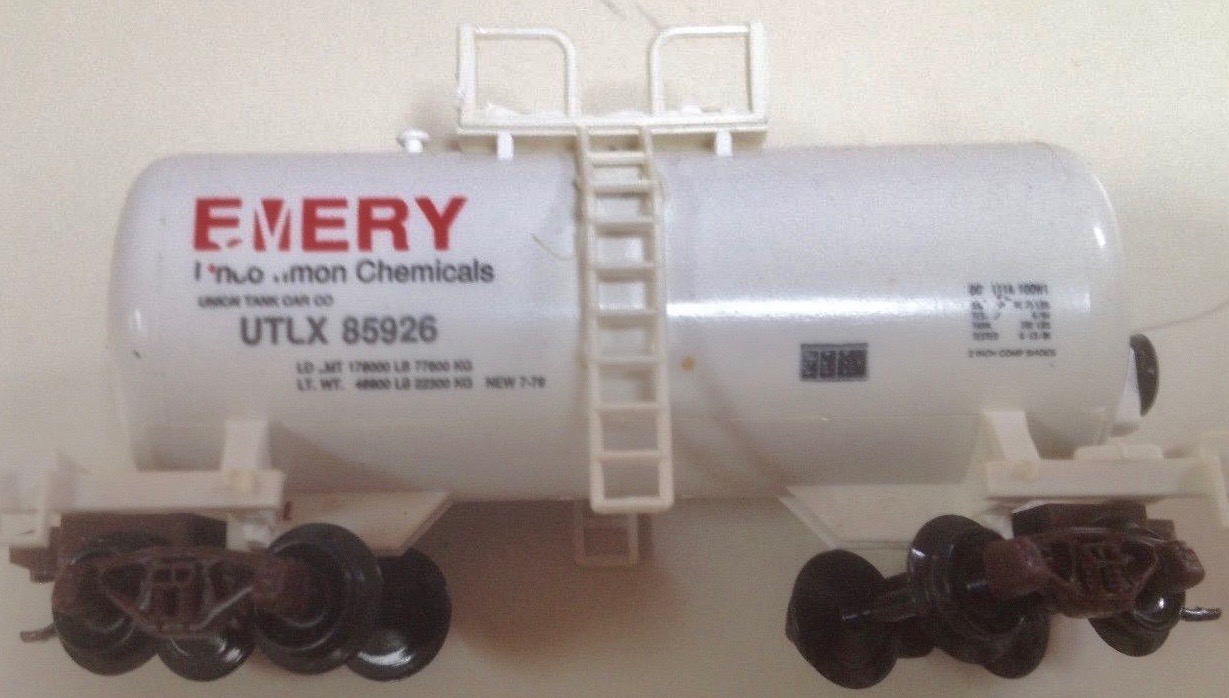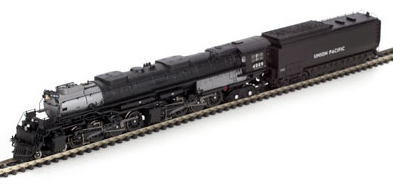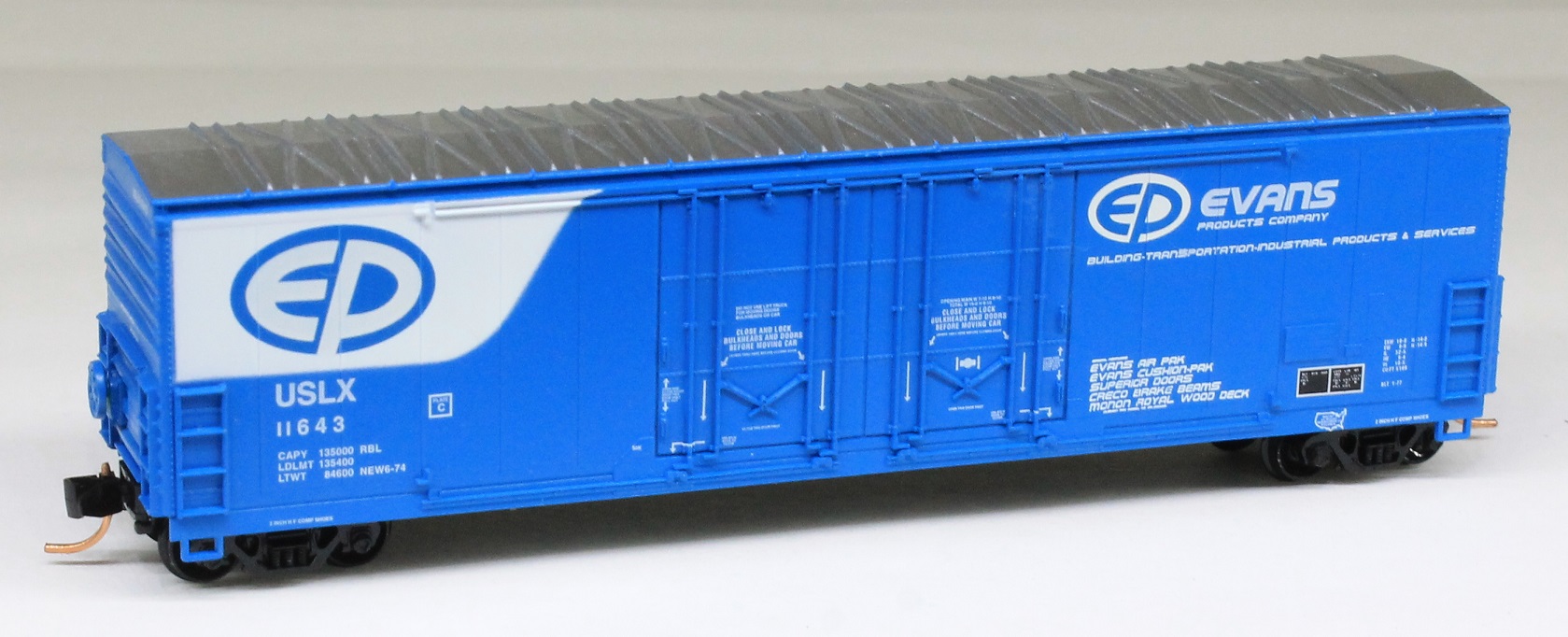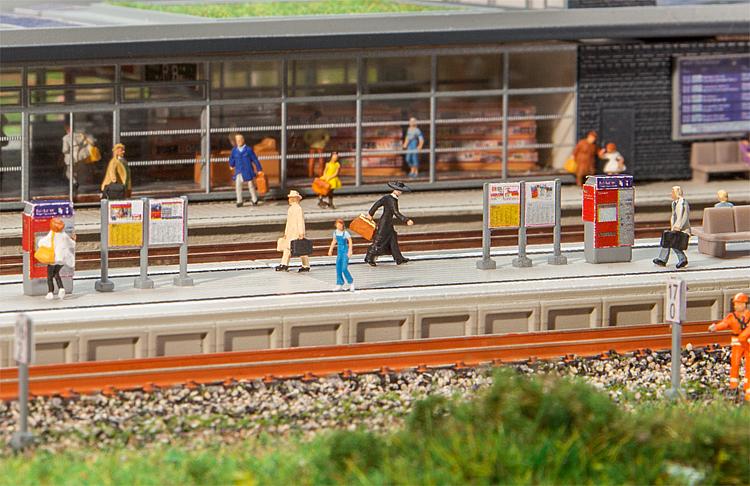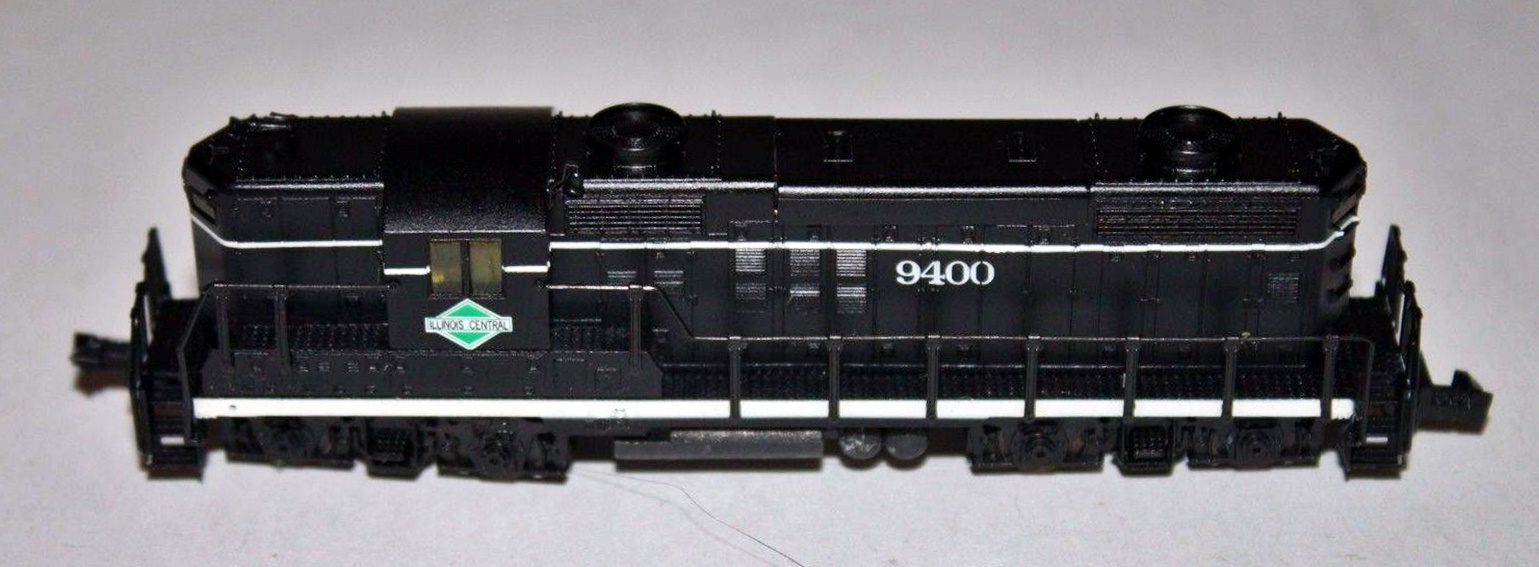Specific Item Information: 41-BNO-11 Trucks, End Doors.
Model Information: Rapido first announced this model in August of 2015 and it was delivered in 2017. A 2-year gap may seem like a long wait, but given Rapido's focus on making sure the models were meeting their exacting specifications before shipping requires this kind of delay. Rapido owns its own factory in China, and now that it is staffed up and they have worked out all the kinks in their design->deliver peipeline, we should be able to expect lower wait times in the future.
This model is an excellent example of 3rd generation rolling stock as produced from 2010 forward. It features the three main attributes that separate 3rd generation models from earlier toolings. 1) It uses high-quality body-mounted magnetically-operated couplers. 2) It features chemically-blackened, low-profile metal wheels. 3) It has a range of separately applied detail parts such as grab-irons, underbody elements and brake details. Apart from one stirrup that was sloppily glued on, these details are of exceptional quality. These cars do not have a lot of print detail but what there is, is well executed.
The following is a list of features as supplied by Rapido:
This model is an excellent example of 3rd generation rolling stock as produced from 2010 forward. It features the three main attributes that separate 3rd generation models from earlier toolings. 1) It uses high-quality body-mounted magnetically-operated couplers. 2) It features chemically-blackened, low-profile metal wheels. 3) It has a range of separately applied detail parts such as grab-irons, underbody elements and brake details. Apart from one stirrup that was sloppily glued on, these details are of exceptional quality. These cars do not have a lot of print detail but what there is, is well executed.
The following is a list of features as supplied by Rapido:
- Super-detailed underbody
- Body-mounted Micro-Trains(C) couplers
- All air, steam and electrical lines represented
- Insulated 36 inch metal wheelsets (no pizza cutters!)
- Diaphragms and safety bars
- Painted grab irons applied at the factory.
- Four numbers plus unnumbered available in each scheme
- Will operate smoothly on curves down to 9-3/4 inch radius
- Standard End or End Doors as appropriate
- Super-detailled Commonwealth Cast Pedestal tri-axle, 41-N-11 Inside
- Swinghanger or 41-BNO-11 Outside Swinghanger trucks as appropriate for each roadname and car type.
Road Name History: The Ontario Northland Railway (reporting mark ONT) is a Canadian railway operated by the Ontario Northland Transportation Commission, a provincial Crown agency of the government of Ontario.
Its north-south mainline is located entirely in Ontario, and has a southern terminus at North Bay, passing through Cochrane, and a northern terminus at Moosonee, several miles south of the shore of James Bay. An east-west secondary mainline connects Calstock (near Hearst) with Cochrane, and a line extends from Swastika (south of Cochrane) into the neighbouring province of Quebec, where it terminates at Rouyn-Noranda. The railway's branch from Swastika to Rouyn-Noranda, including 40 kilometres of track in Quebec, is operated by a subsidiary, the Nipissing Central Railway. Shorter spur lines also exist running west from Rock Junction to Sherman Mine, south-west from Porquis Junction to Kidd Creek Mine, about 22 km east of Timmins, north-east from Porquis to Iroquois Falls and south from Opaz Junction to Agrium mine site.
Originally built to develop the Lake Timiskaming and Lake Nipissing areas, the railway soon became a major factor in the economic growth of the province. After decades of difficult construction through the Canadian Shield, workers reached James Bay in 1932. While blasting the route through the shield, geologists discovered deposits of valuable minerals such as gold, silver, copper and nickel. The railway also made it possible to exploit the timber resources of Northern Ontario.
Its north-south mainline is located entirely in Ontario, and has a southern terminus at North Bay, passing through Cochrane, and a northern terminus at Moosonee, several miles south of the shore of James Bay. An east-west secondary mainline connects Calstock (near Hearst) with Cochrane, and a line extends from Swastika (south of Cochrane) into the neighbouring province of Quebec, where it terminates at Rouyn-Noranda. The railway's branch from Swastika to Rouyn-Noranda, including 40 kilometres of track in Quebec, is operated by a subsidiary, the Nipissing Central Railway. Shorter spur lines also exist running west from Rock Junction to Sherman Mine, south-west from Porquis Junction to Kidd Creek Mine, about 22 km east of Timmins, north-east from Porquis to Iroquois Falls and south from Opaz Junction to Agrium mine site.
Originally built to develop the Lake Timiskaming and Lake Nipissing areas, the railway soon became a major factor in the economic growth of the province. After decades of difficult construction through the Canadian Shield, workers reached James Bay in 1932. While blasting the route through the shield, geologists discovered deposits of valuable minerals such as gold, silver, copper and nickel. The railway also made it possible to exploit the timber resources of Northern Ontario.
Brand/Importer Information: Rapido Trains Inc. is a high-end manufacturer of model trains and accessories in HO, OO and N (North American 1:160 and British 1:148) scales. The firm's mission is to recreate the entire rail travel experience, from fully-detailed interiors and under-frames on models to fully-wired telephone poles for model railroads.
The name RAPIDO was introduced by Canadian National in 1965 to headline the railway's high-speed intercity passenger services. Until the mid-1980s, RAPIDO stood for fast schedules, frequent trains, and superb service.
Today, Rapido Trains continues the RAPIDO concept with state-of-the-art models and attention to fine detail. This company is not related to the venerable (and now defunct) German manufacturer Arnold Rapido, nor the present-day Arnold (which is owned by the United Kingdom's Hornby), Canadian based Rapido Trains was founded in 2003.
The name RAPIDO was introduced by Canadian National in 1965 to headline the railway's high-speed intercity passenger services. Until the mid-1980s, RAPIDO stood for fast schedules, frequent trains, and superb service.
Today, Rapido Trains continues the RAPIDO concept with state-of-the-art models and attention to fine detail. This company is not related to the venerable (and now defunct) German manufacturer Arnold Rapido, nor the present-day Arnold (which is owned by the United Kingdom's Hornby), Canadian based Rapido Trains was founded in 2003.
Item created by: Alain LM on 2016-11-01 07:30:13. Last edited by gdm on 2021-01-15 08:12:11
If you see errors or missing data in this entry, please feel free to log in and edit it. Anyone with a Gmail account can log in instantly.
If you see errors or missing data in this entry, please feel free to log in and edit it. Anyone with a Gmail account can log in instantly.



